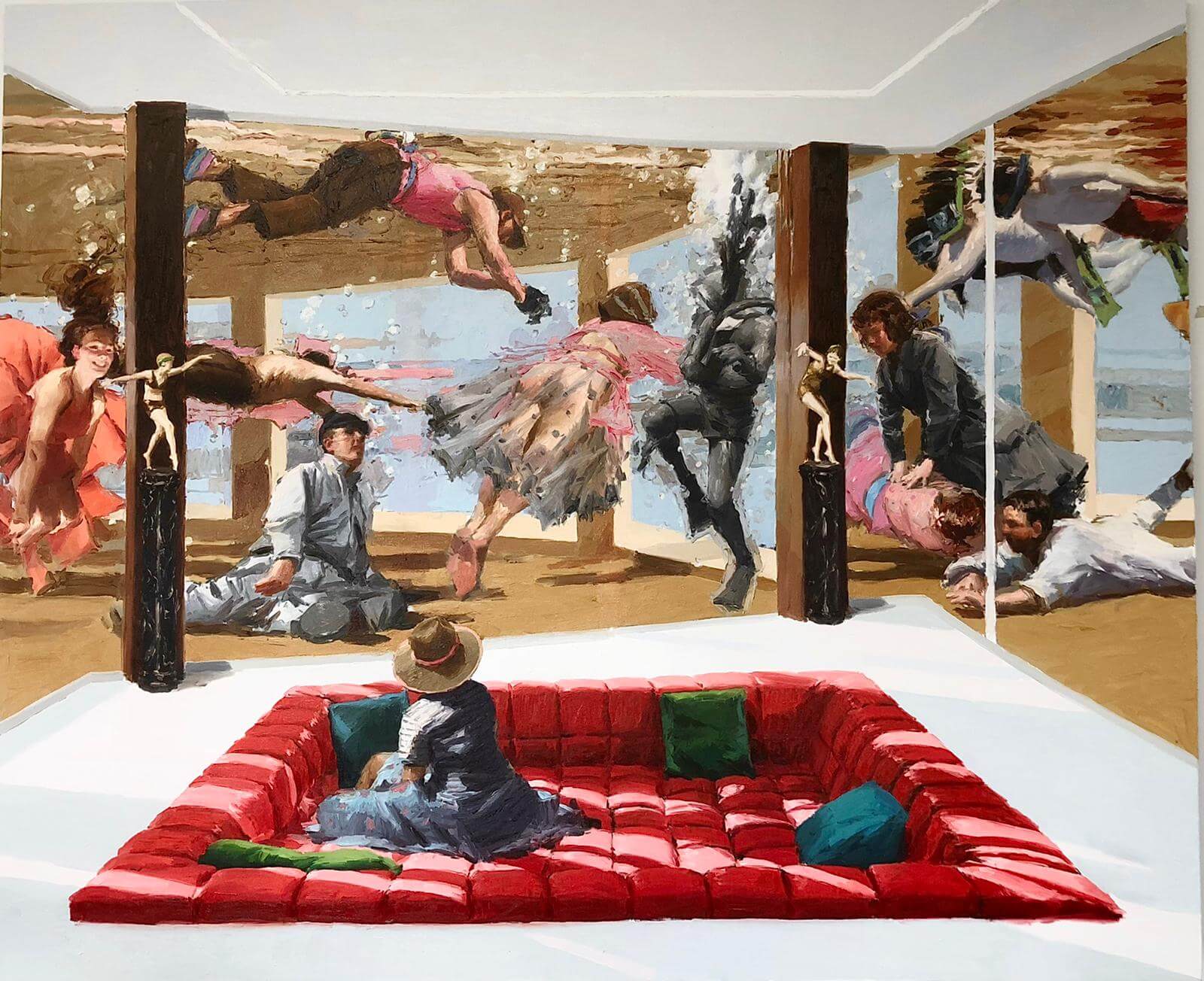
The paradoxes of Ariel Cabrera
To go into details of the work of artist Ariel Cabrera Montejo, it is first necessary to know his origins and history. Ariel Cabrera was born in 1
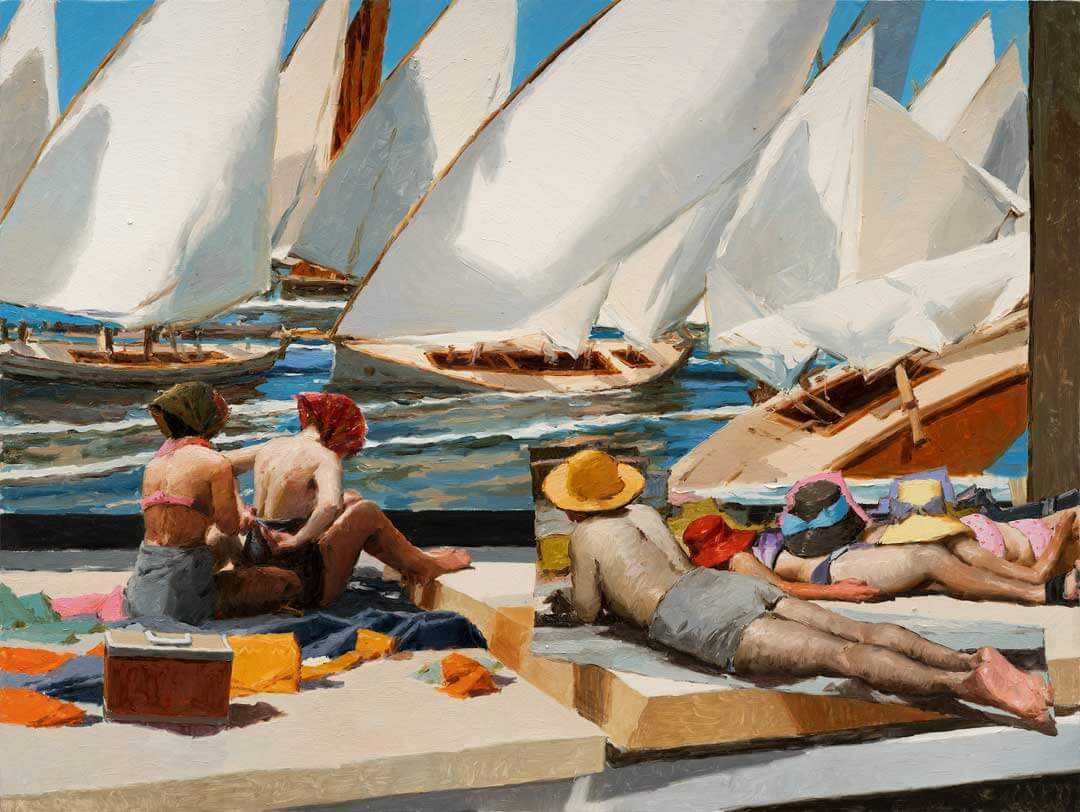
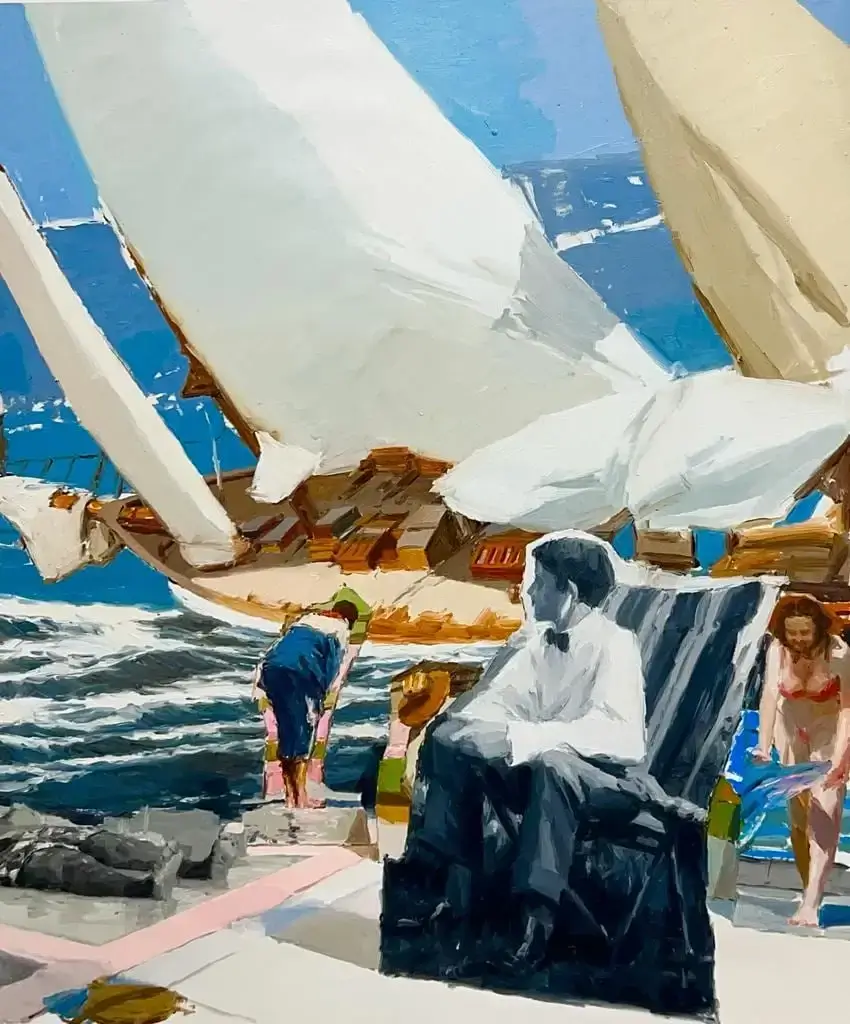
Oil on canvas
183 x 152 cm
72 x 59 7/8 in
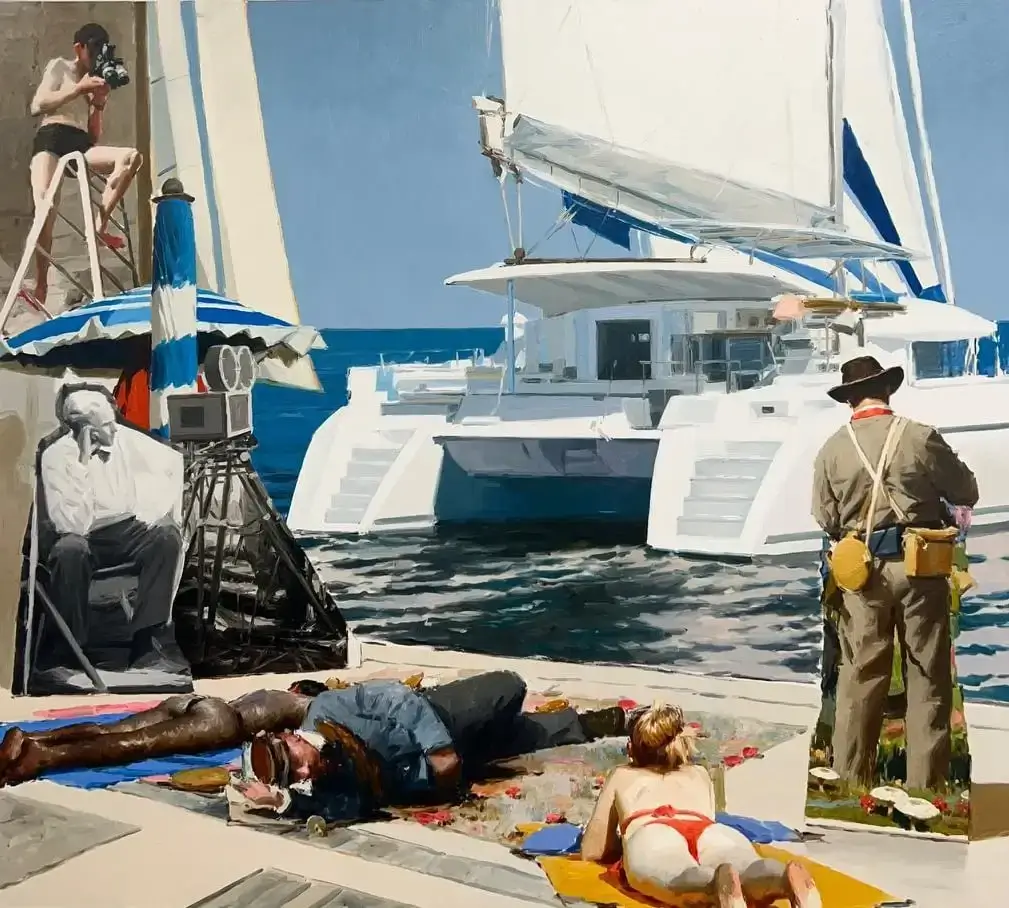
Oil on canvas
243 x 218 cm
95 5/8 x 85 7/8 in
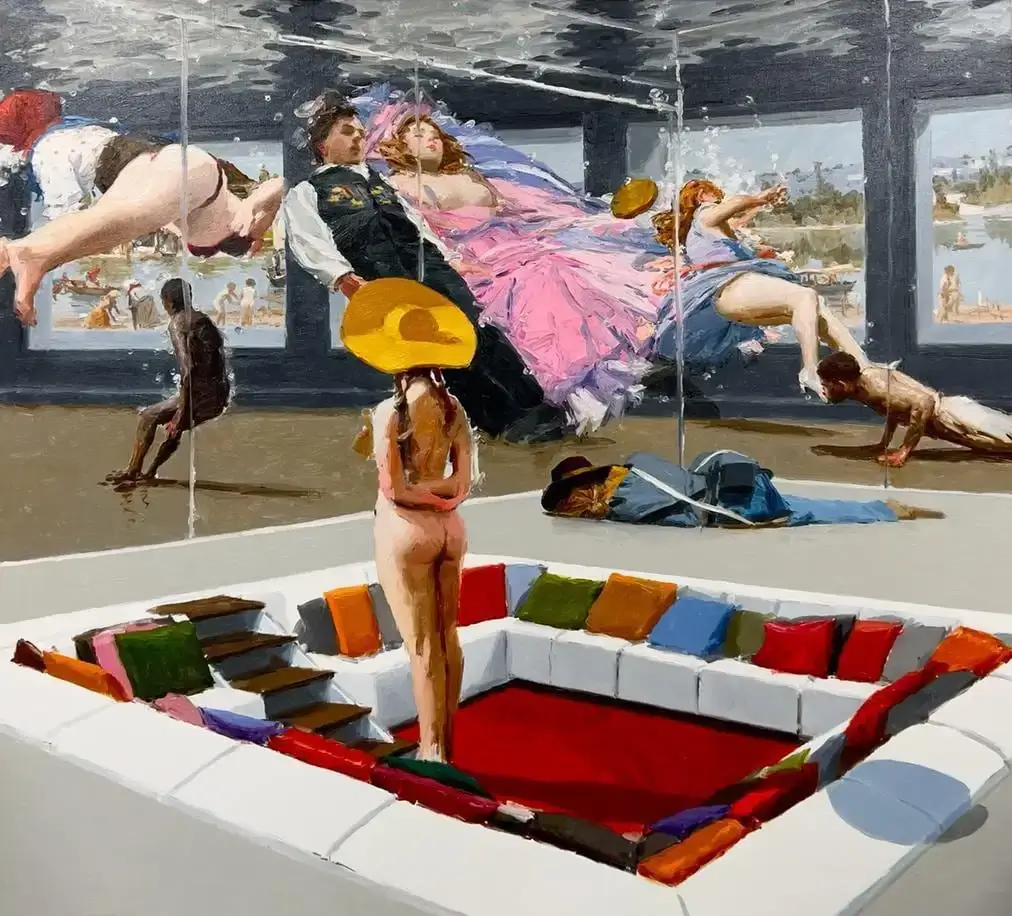
Oil on canvas
220 x 197 cm
86 5/8 x 77 1/2 in
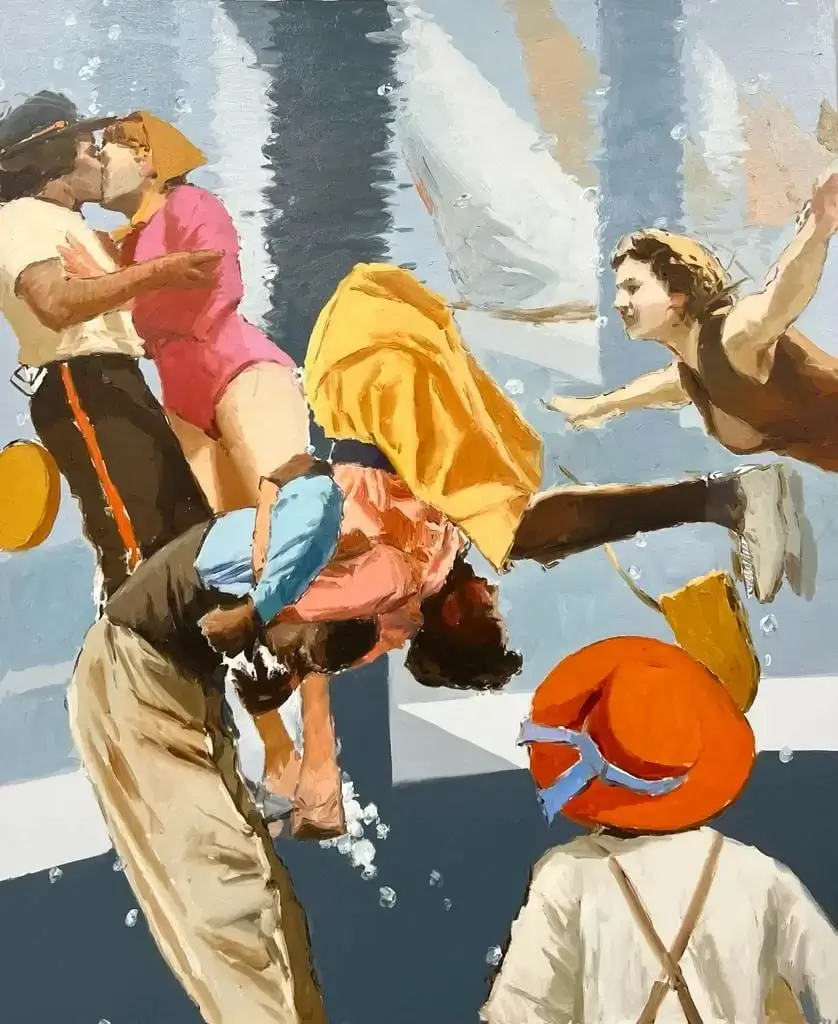
Oil on canvas
183 x 152 cm
72 x 59 7/8 in
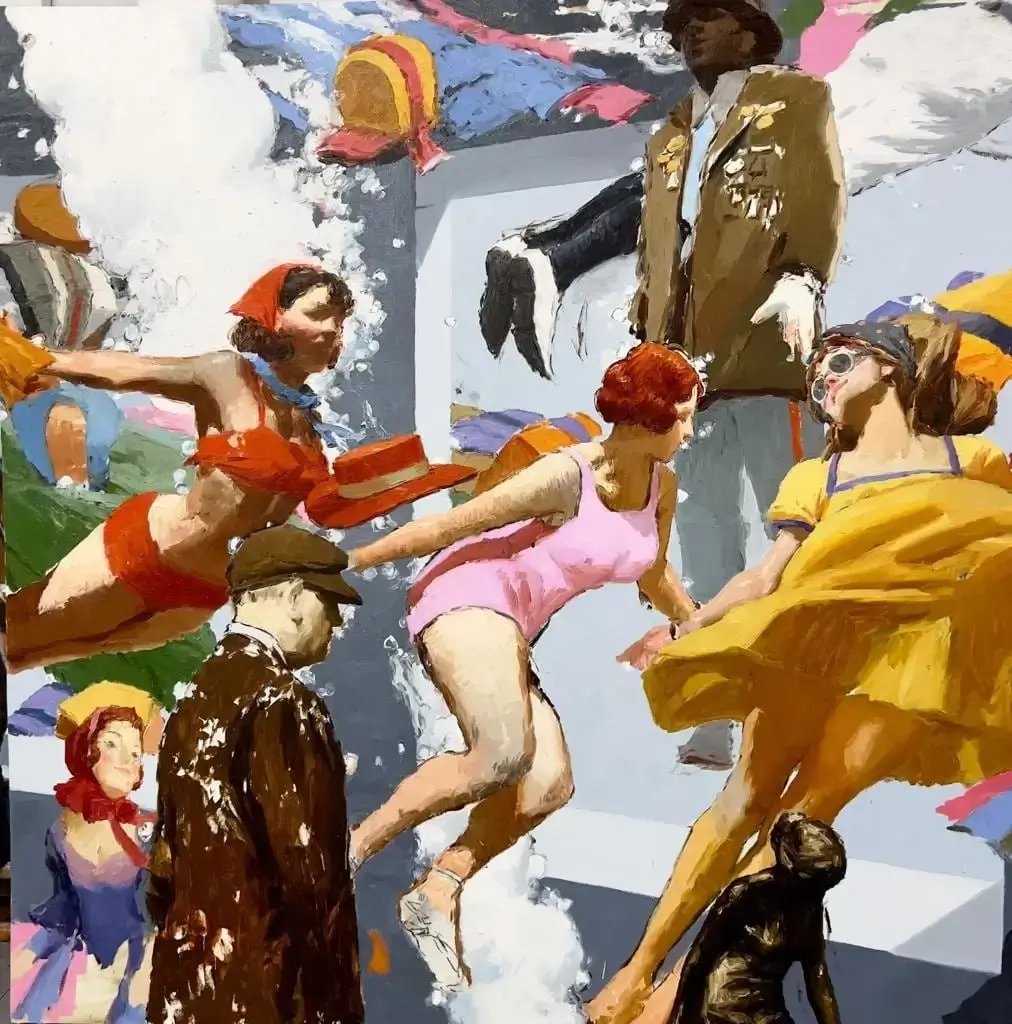
Oil on canvas
203 x 203 cm
79 7/8 x 79 7/8 in

Oil on canvas
190.5 x 254 cm
75 x 100 in

Oil on canvas
220 x 200 cm
86 5/8 x 78 3/4 in
Ariel Cabrera’s work depicts anecdotal heroes and events in Cuban history. His subjects are less military and more human, unlike the traditional figurative works of Cuban history, where heroes are portrayed as solemn subjects on pedestals.
Ariel Cabrera Montejo was born in 1982 in Camagüey, Cuba. Cabrera recreates theatrical scenarios inspired by Cuban historical periods such as the interwar period (1879-1895) and the Cuban War of Independence (1895-1898).
Early in his career as an art student, Cabrera Montejo had the experience of being in constant interaction with collectibles, works of art and documents related to the collection of Cuba’s historical memorabilia. These documents transcended him as rare and truthful testimony kept information that differed in many cases with the history of the struggle for independence in Cuba and promoted as such is still in force as the official history of a unilateral doctrine. It is then when the motivation arises to submit history to a revision from the position of art, and the proposal to assume the most traditional painting techniques to make works whose historical stories contrast with the traditional narrative content of the history of literature, and to retake the pictorial fact as a recording action.
In turn, he proposes scenarios on military events of the struggle for Cuban independence in stages 1868 – 1898, creating simultaneous events and supposed historiographic dialogues that submit history in general to scrutiny, where sarcasm is present, making an ideological deconstruction of hieratic images of patriots or solemn historical heroes of independence (mambi) whose characters are repeated in each stage or battlefield, where the paradox is implicit, and the historical discourse is like an open approach between truth and simulation.
He uses different impressionist techniques to maintain a better dialogue of visual illusion in each context he depicts and gives more credibility to each scene, using pictorial references such as Spanish, Italian and American school painting in some cases, and how these greatly influenced the history of Cuban art in the colonial period.
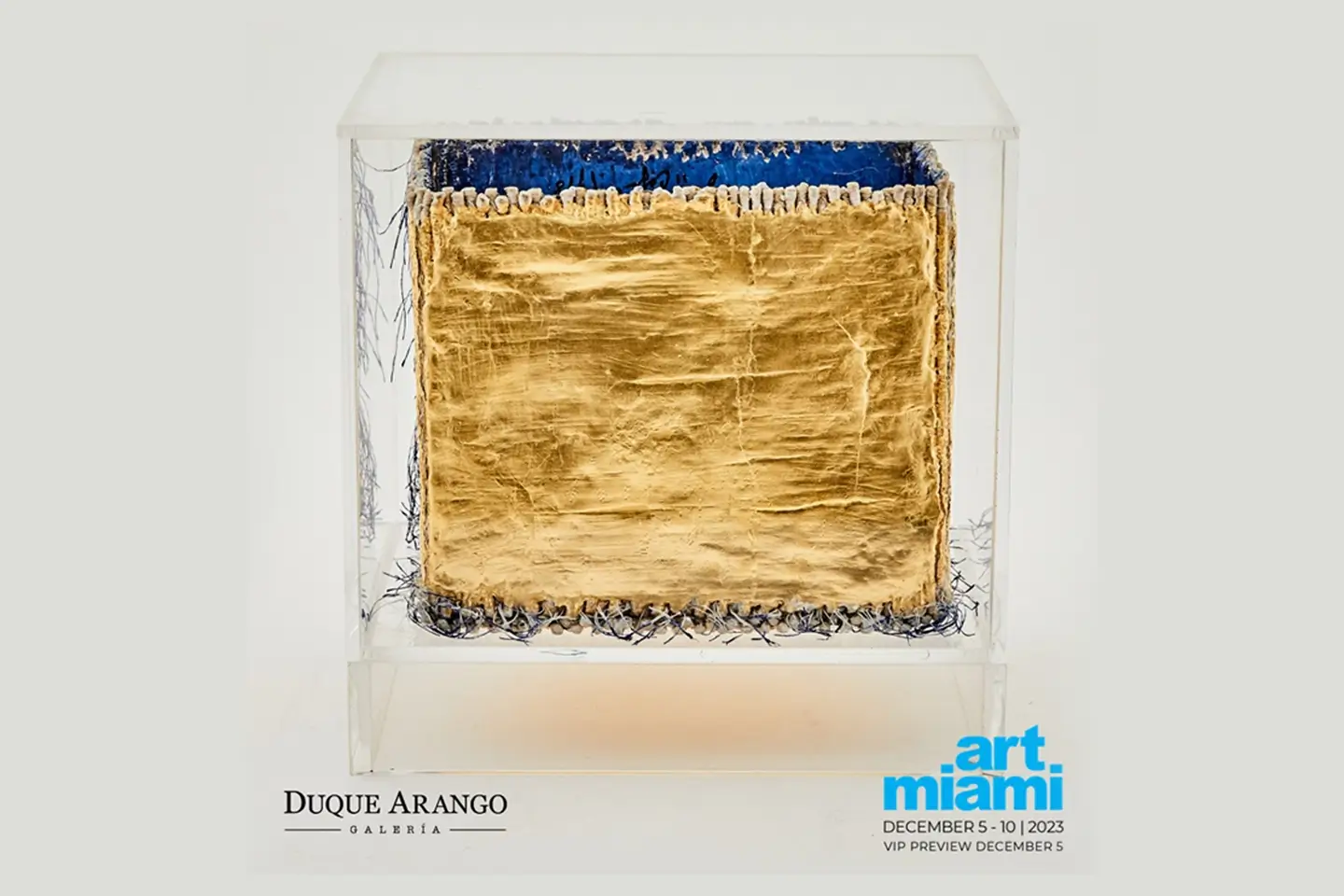

To go into details of the work of artist Ariel Cabrera Montejo, it is first necessary to know his origins and history. Ariel Cabrera was born in 1
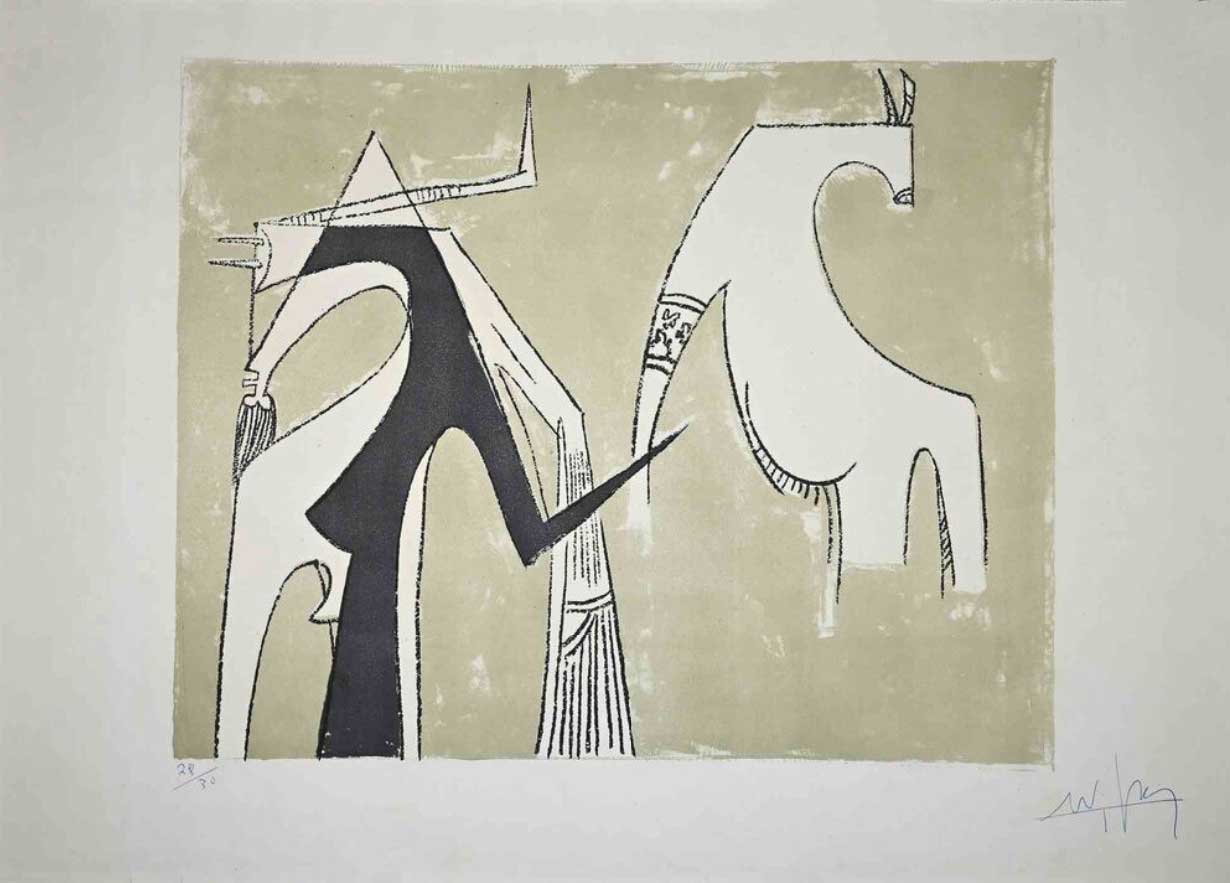
Three Cuban artists, shadow, light and chiaroscuro: Wifredo Lam, Julio Larraz and Ariel Cabrera If to any moderately trained viewer or a regular con


Social number: (504)3524065
Physical address: Medellín, Colombia
Contact e-mail: [email protected]
Mailing of judicial notifications: [email protected]
© Galería Duque Arango, All rights reserved.